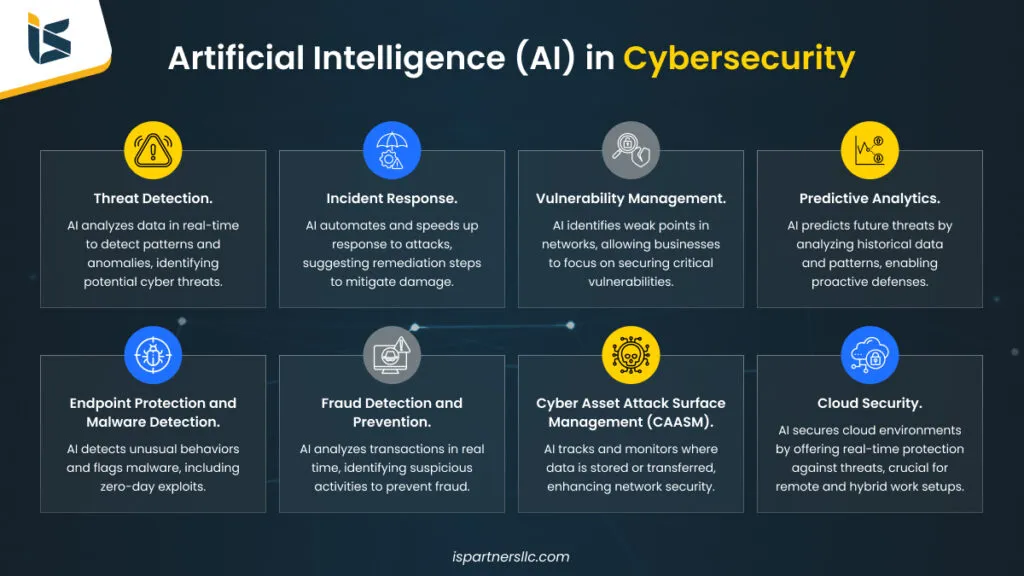Researchers Mohammed Hassanin and Nour Moustafa, affiliated with the Department of Computer Science at the University of Alexandria, have published a comprehensive overview of the role of Large Language Models (LLMs) in cyber defence. Their work explores how these advanced AI systems can revolutionise threat detection, incident response, and security operations, offering both opportunities and challenges for the defence and security sector.
LLMs have demonstrated remarkable capabilities in understanding and generating human-like text, thanks to their training on vast datasets. This ability to encode context and comprehension has opened new avenues for their application in cyber defence. Hassanin and Moustafa categorise these applications into several key areas: threat intelligence, vulnerability assessment, network security, privacy preservation, awareness and training, automation, and ethical guidelines.
The researchers trace the evolution of LLMs from the foundational Transformer architecture to the more advanced Pre-trained Transformers and Generative Pre-trained Transformers (GPT). This progression has enabled LLMs to perform complex tasks, such as identifying anomalies in cyber threats, enhancing incident response, and automating routine security operations. For instance, in threat intelligence, LLMs can analyse vast amounts of data to detect patterns and predict potential attacks, providing a proactive defence mechanism.
In vulnerability assessment, LLMs can assist in identifying and prioritising vulnerabilities within systems, helping organisations to allocate resources more effectively. Network security benefits from LLMs’ ability to monitor network traffic and detect unusual activities, thereby preventing potential breaches. Privacy preservation is another critical area where LLMs can help by anonymising data and ensuring compliance with privacy regulations.
The researchers also highlight the role of LLMs in awareness and training, where these models can generate realistic cyber threat scenarios for training purposes, enhancing the preparedness of security personnel. Automation is another significant area, with LLMs capable of automating routine security tasks, freeing up human experts to focus on more complex issues.
However, the integration of LLMs into cyber defence is not without challenges. The researchers discuss issues such as the potential for bias in the models, the need for robust ethical guidelines, and the importance of ensuring that these systems are secure and resilient against adversarial attacks. They also explore future research directions, such as improving the interpretability of LLMs, enhancing their adaptability to new threats, and ensuring their ethical and responsible use.
Hassanin and Moustafa’s work provides a valuable roadmap for the defence and security sector, highlighting the transformative potential of LLMs while also addressing the critical challenges that must be overcome. As cyber threats continue to evolve, the insights offered by this research could be instrumental in shaping the future of cyber defence strategies. Read the original research paper here.

